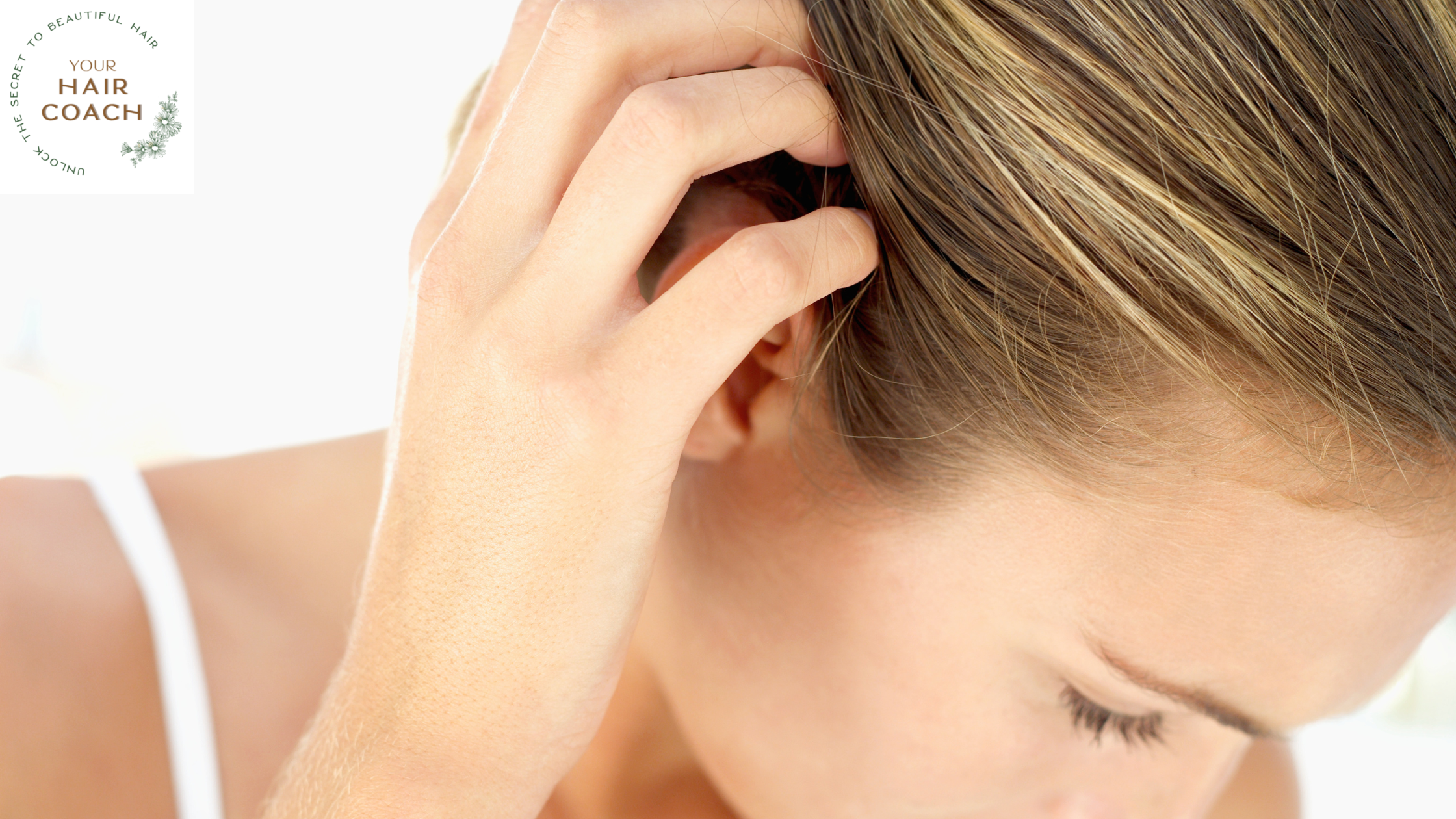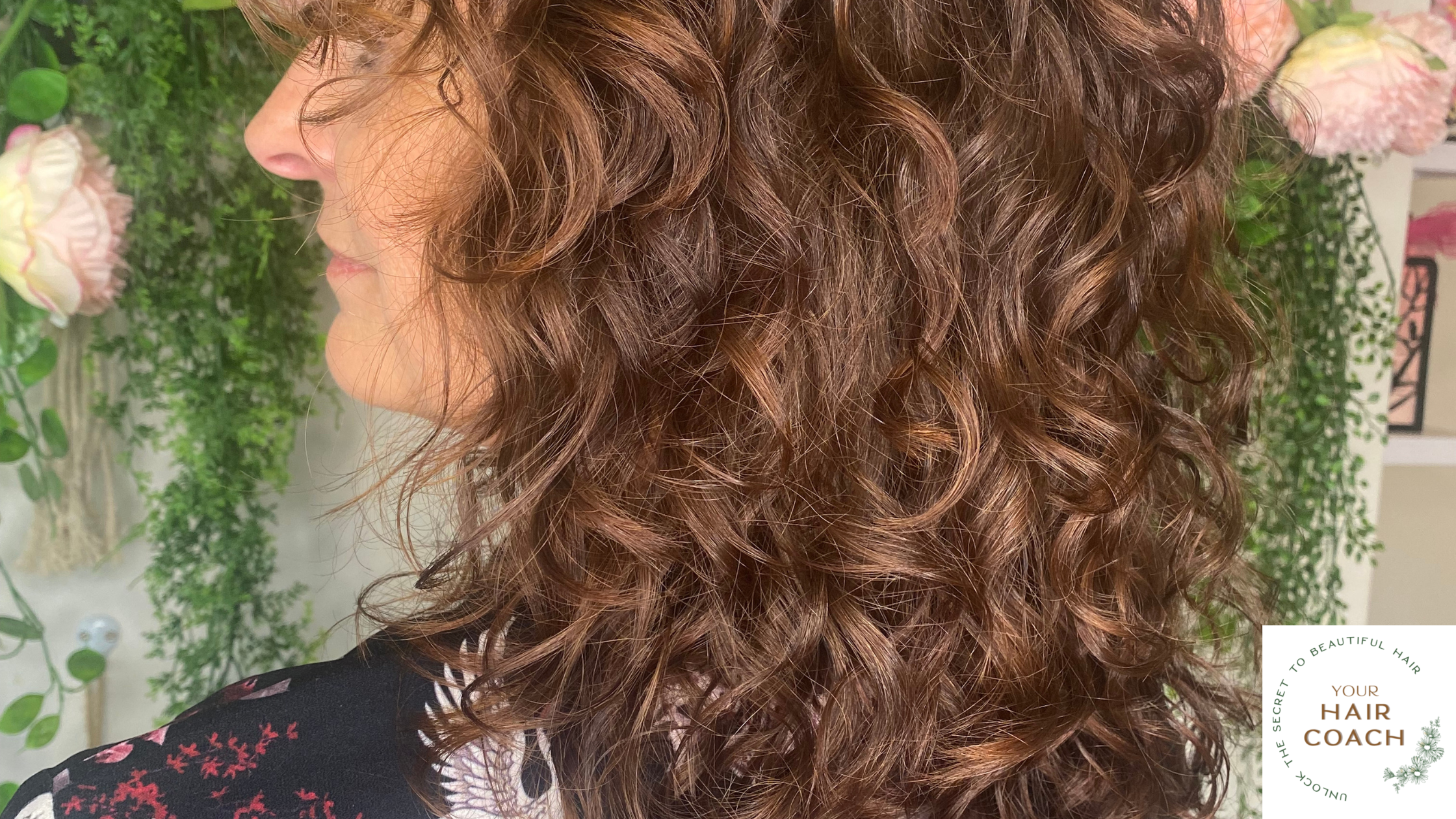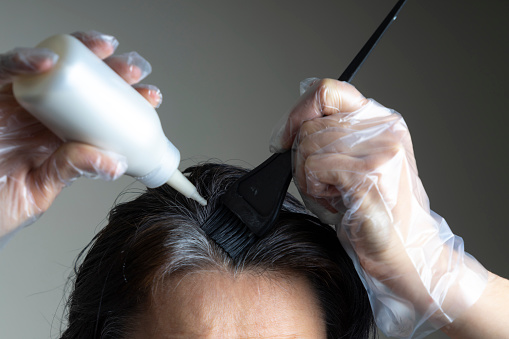
Taming the Tresses: Problem-Solving Challenges with Thick Hair
Taming the Tresses: Problem-Solving Challenges with Thick Hair Introduction: As a seasoned hairdresser, I’ve had the privilege of working with diverse hair types, but one


PPD or as its not commonly known, paraphenylenediamine.
It’s an oxidative substance, used in hair colouring.
When combined with hydrogen peroxide, and most commonly ammonia, together creates a chemical reaction allowing the hair colour molecules to penetrate the cuticle, or outside layer of the hair, change the molecules within the hair cortex, and remain there.
The amounts needed to successfully permanently colour hair, and in particular grey or white hair varies, with higher levels found in darker colours.
As with many toxins* our bodies often react when applied to the skin, ingested or inhaled.
What does this mean?
Skin irritation, dermatitis, and an organ toxicity response within the immune system itself.
As a hairdresser, this is the main reason we use a skin sensitivity test prior to having an on scalp colour service.
Even if you have used the same brand safely for years, changes within your body are happening constantly.
Most professionals with 20 years+ experience have had at least one client that has experienced a reaction to hair colour.
An almost instant reddening of the skin, itching, increase in skin temperature, and in severe cases, skin burns.
Making us particularly aware of the fact we are ourselves working with chemicals daily in an increasingly toxic world.
I made a choice a number of years ago now to reduce my exposure to environmental toxins. Which is when I switched brands and joined Organic Colour Systems.
Many popular brands are legally allowed, and use up to 4% PPDs in their darker colours.
The maximum used by Organic Colour Systems is 1%, more commonly though its 0.29%. Making me feel confident, after a lifetime in the hair industry, that I have partnered with a company committed to the health & well-being of both clients and hairdresser alike.
All is not lost if you find yourself temporarily, or permanently sensitive to permanent hair colour.
And remember you body is giving you valuable feedback, listen to what its telling you.
(*Definition of toxin: a poison of plant or animal origin, especially one produced by or derived from microorganisms and acting as an antigen in the body).

Taming the Tresses: Problem-Solving Challenges with Thick Hair Introduction: As a seasoned hairdresser, I’ve had the privilege of working with diverse hair types, but one

Most clients with fine hair are usually very adept at making the most of their hair. Why would that be do you think? When you

The causes of dandruff and itchy scalp. Your scalp may be itchy for a variety of reasons. Let’s look at two main reasons for experiencing

Many people spend years trying to tame, or come to terms with their curly hair. Curls types can be many and varied, as hair is.

Its official. The recent lockdown last year, is the longest we have experienced, no matter where you are in the country, you will likely have